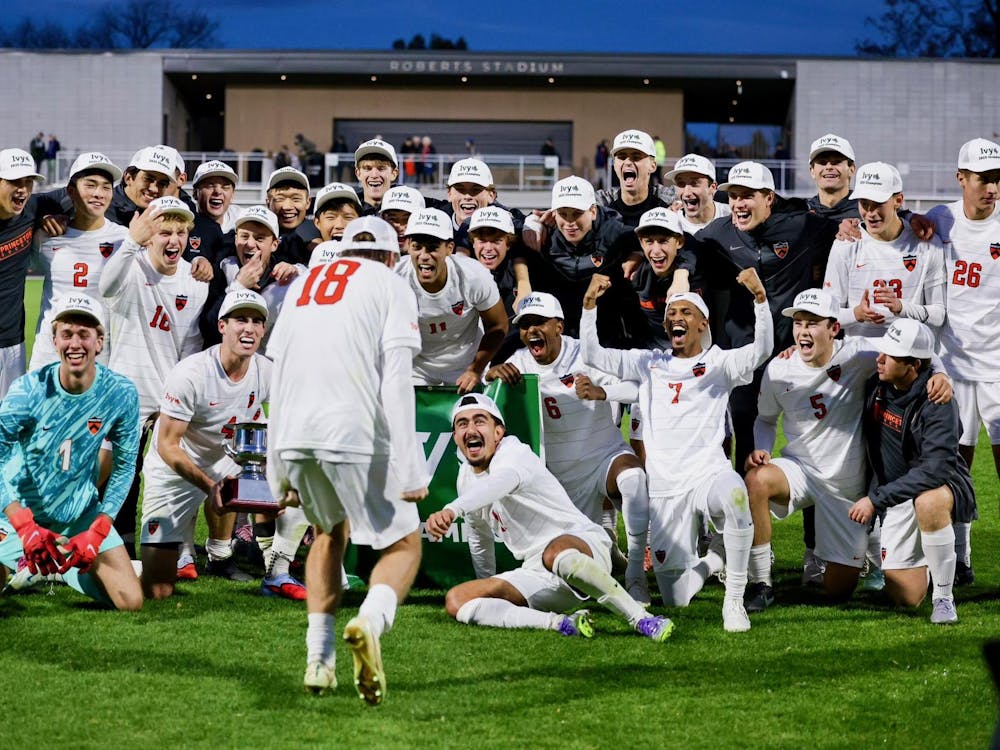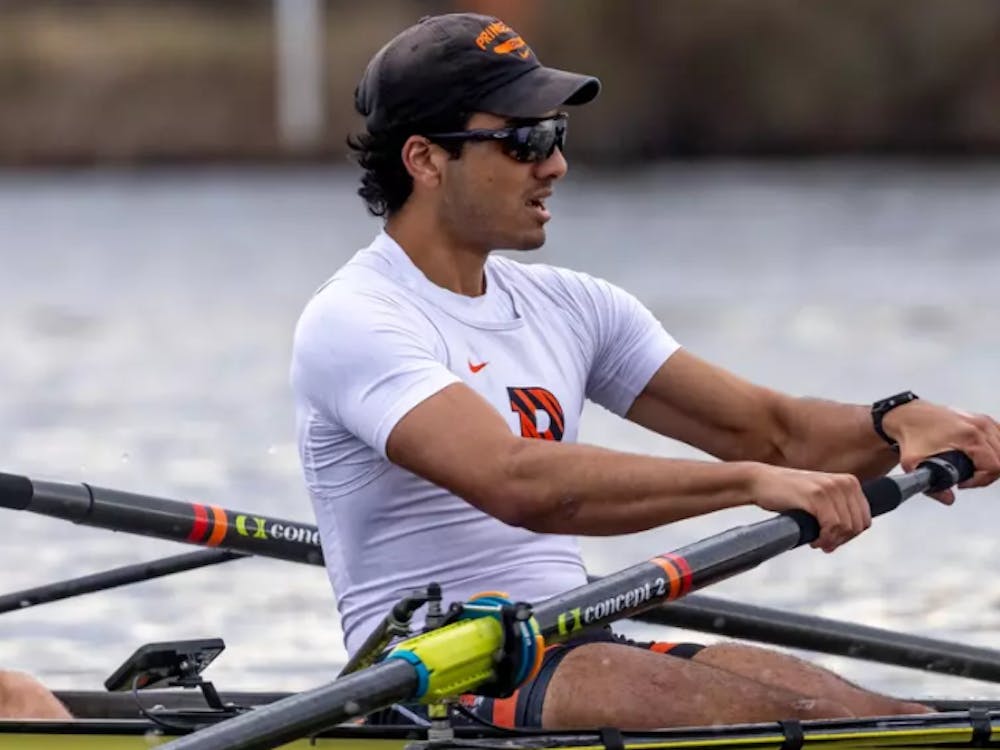Hockey is a Canadian game.
It may have been invented in Europe, and the world's premier league may be here in America, but those familiar with the game know the truth.
Canada is the home of Wayne Gretzky, the first official ice hockey game — played in Nova Scotia in 1886 — and home of one of the most enjoyable and time-honored traditions in sports: the junior hockey leagues.
"The life of a junior hockey player is the best thing in the world," said senior captain and defenseman Mike Moore, who spent two years playing in the British Columbia Hockey League (BCHL). "The teams are very community-based, tight-knit groups of guys, and everyone in town knows your name. It was a phenomenal experience, and I wouldn't trade anything for it."
The premise behind junior leagues, which allow players to compete until age 20, is simple. The college game is just too fast and disciplined for most teenage players to make the jump directly from midget hockey, Canada's substitute for high school hockey, to the NCAA level. Canadian players play in junior leagues to hone their skills, have some fun and ideally prepare themselves, both mentally and physically, for collegiate hockey. Players are hosted and supported by local families while they play intense full-time schedules, often hours from home.
"Most players are there [in junior leagues] because they love the game, and they know that competitive hockey is a game of youth," sophomore forward Cam MacIntyre said. "Many don't know whether or not college is even an option, so they play their eligible years and then go on to work in the mills."
Twenty-one members of the current men's hockey team played on junior league teams — only four have not — but they have all ended up in the same place, their paths have been very different.
Moore was contacted by Princeton's previous coach when he was in 11th grade and still playing in a midget league. He stayed in contact after the switch to current head coach Guy Gadowsky and was encouraged to leave the BCHL a year early to attend Princeton.
Freshmen Allan Reynolds, who played in the Ontario Provincial Junior Hockey League, and Matt Arhontas were 18 years old when they were first contacted by the University, which was fairly early on in their junior league careers.
MacIntyre, on the other hand, skipped midget hockey completely and started playing in a junior league when he was only 15 years old. Princeton, however, did not contact him until his final year in the BCHL.
"College was always the ideal goal," MacIntyre, who played five years in junior leagues, said. "But I wasn't always sure that it was a possibility. A [Princeton] assistant coach came to one of my games scouting another player but liked what he saw from me. We started talking, and things went from there."
Much like recruiting in any other sport, there are limits as to when and how coaches are allowed to contact players. A college hockey coach is not allowed to talk to a player before the July 1 heading into his senior year of high school, but basic letters and emails are allowed. Those restrictions, however, are altered if the player initiates contact himself, and once talks with a college get serious, the player prepares to leave his teammates, friends and family to join an NCAA team.

"When you get a chance to move up, you take it," Moore said. "Obviously, because of the Ivy League's recruiting policy you still need to get accepted on your own, but no matter how much fun you are having in your junior league, when the opportunity arises to play collegiate hockey, it is really a no-brainer."
Though the experience and recruiting process vary greatly by athlete, every Canadian player agrees that his years on a junior league team were some of the greatest of his life.
"There is nothing that really compares to it," said MacIntyre, who currently leads the Tigers with 14 points. "You live with a very supportive billet, or host family, and you play with the same group of guys day in and day out. Some of my strongest friendships have come from my time in junior leagues."
There are similar leagues in the United States as well. Sophomore Mark Magnowski and freshmen Matt Godlewski, Kevin Lohry, Mike Kramer and Arhontas, and all played in the highly competitive United States Hockey League, but as MacIntyre is quick to point out, it doesn't compare to the elite Canadian junior leagues.
"It is a generally accepted that the best junior hockey is in Western Canada," he said. "You are told at a young age that if you want to get serious about hockey, the Western leagues are the best places to play. We joke around a lot about which of our leagues was the best, but to me, there's no comparison."
When a Princeton hockey career ends, players are forced to make a difficult decision: Keep pursuing the hockey dream, or find a job in the real world. Most, like Moore, will choose the second option, but regardless of where they end up, they will always share a common bond, one forged from their time in Canadian junior leagues and their memories of the perfect, carefree hockey life.







